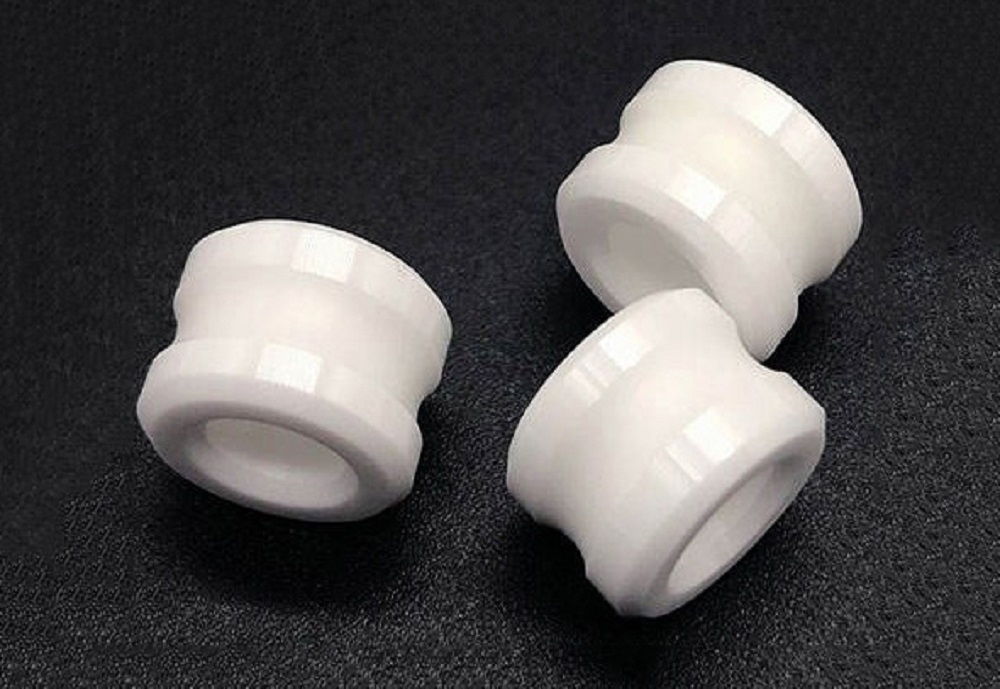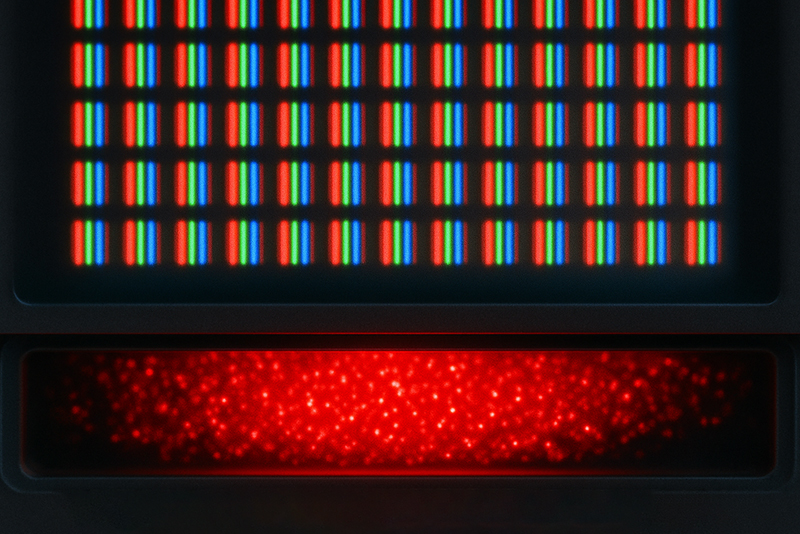
Yttrium oxide (yttria) is a rare earth oxide with a high melting point, thermal stability, and chemical resistance. These properties make them particularly valuable in the manufacture of ceramic components, especially those that must withstand extreme conditions, as yttrium oxide improves their mechanical properties and wear resistance. In this article, we explore the many applications of yttrium oxide in advanced ceramics.
One of the main uses of yttrium oxide in advanced ceramics is as a stabilizer for zirconia.
Zirconia is a highly-prized ceramic material utilized extensively in modern technology and science due to its versatility and reliability. Nonetheless, exposure to high stress or temperature can trigger structural changes in zirconia, which causes it to shift from a tetragonal phase to a monoclinic phase. This transformation leads to the expansion of the zirconia's volume, eventually resulting in cracks or failure. However, this problem can be circumvented by incorporating yttrium oxide into zirconia to prevent the dreaded phase transformation. The combination of zirconia and yttria is also known as yttria-stabilized zirconia (YSZ), which generally exhibits superior stability and durability.

Another application of yttria in advanced ceramics is as a sintering additive.
Sintering is a critical process in advanced ceramics manufacturing. It involves heating materials to a high temperature without melting them to create a strong, dense, and durable material. Adding yttrium oxide in this process can enable the ceramic material to densify at a lower temperature, reducing the likelihood of defects such as cracks or voids. The amount of yttrium oxide added and the sintering temperature and duration depend on the specific ceramic material being processed and the desired final properties.
Yttrium oxide is commonly used as a dopant in producing ceramic superconductors, along with other rare earth elements. This addition alters the structure and composition of the ceramic material, resulting in enhanced superconducting properties at high temperatures. This is because the incorporation of yttrium ions into the ceramic lattice produces defects in the crystal structure, which disrupt the normal flow of electrons through the material. These defects act as pinning centers that trap vortices of magnetic flux, allowing the superconductor to carry current with zero resistance. The more pinning centers there are, the more stable the superconducting state becomes. Yttrium oxide is an effective dopant because it can introduce a large number of pinning centers to the ceramic material.
Yttrium oxide is commonly used as a coating material in advanced ceramics applications. It can be deposited onto ceramics using various techniques, such as physical vapor deposition, sol-gel method, chemical vapor deposition, or thermal spraying. Yttria coatings are particularly effective due to their excellent thermal stability and resistance to oxidation at high temperatures. They can withstand temperatures up to 2,400°C without undergoing any significant changes in their chemical or physical properties. This makes them ideal for use in high-temperature applications, such as gas turbine engines and rocket nozzles.
Yttrium oxide coatings are also effective at preventing corrosion and wear. They can form a dense and adherent coating that resists oxidation, erosion, and other forms of surface damage. This can prolong the life of ceramic components and equipment, reducing maintenance costs and downtime.
Overall, the role of yttrium oxide in advanced ceramics cannot be overstated. Its unique properties have made it an essential component in the manufacturing of high-performance ceramics used in a range of industries. As research into ceramic materials continues, it is likely that yttrium oxide will continue to play a vital role in the advancement of these technologies.
Stanford Materials Corporation (SMC) is a leading rare earth material manufacturer, offering high-quality yttrium oxide for various ceramic applications. For more information about our products and services, visit our homepage or send us an inquiry directly. Trust SMC as your reliable partner in rare earth materials manufacturing.
Eric Loewen
Eric Loewen graduated from the University of Illinois studying applied chemistry. His educational background gives him a broad base from which to approach many topics. He has been working with topics about advanced materials for over 5 years at Stanford Materials Corporation (SMC). His main purpose in writing these articles is to provide a free, yet quality resource for readers. He welcomes feedback on typos, errors, or differences in opinion that readers come across.

 Inquiry List
Inquiry List


